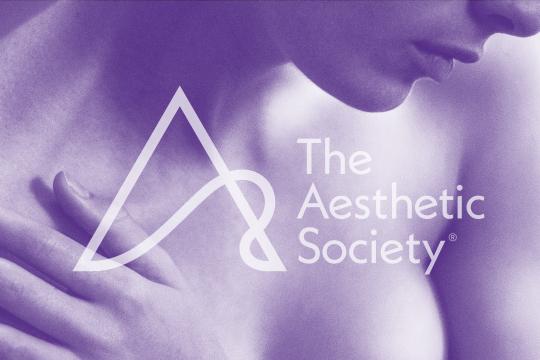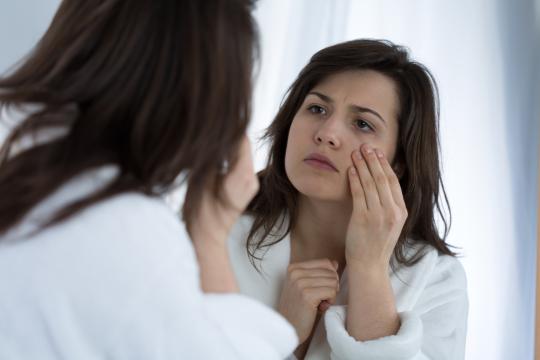
Over the years I've known quite a few people who have undergone rhinoplasty for varied reasons. People are often looking for facial harmony and to enhance the proportions of their nose, not to mention it can also help with impaired breathing. A good looking man I know got a nose job when he was in his mid- to late-20s with a somewhat prominent, strong nose. The end result was a younger and still handsome looking version of himself I’m also friends woman who was strikingly gorgeous with a somewhat aquiline nose who underwent surgery, and while her nose is different she is still able to stand out from the crowd with her unique feature.
Undergoing any type of plastic surgery is daunting because you can't always know exactly what the results will be, but it's heartening to know that rhinoplasty is less of a cookie cutter results procedure than it had been in the past. It's never good when you can look at a person and know exactly who their plastic surgeon was because you know three other people with the same nose. Chester, NJ based board-certified plastic surgeon, Dr. Larry Weinstein says, "In general, today's rhinoplasty takes a more conservative approach than it did years ago and a plastic surgeon is less likely to over-correct a nose, giving you the best version of yourself." That's good news for those who are thinking of partaking because isn't that the goal? To still look like yourself, only better?
Straight, pinched, refined, wide, Roman, up-turned, aristocratic, hooked, Grecian, button, prominent… Noses come in all shapes and sizes and though I've always been happy with my straight enough, works-in-harmony-with-my-face nose, there are more than enough men and women who are not. Year after year rhinoplasty is one of the most popular cosmetic surgical procedures performed. According to The Aesthetic Society's statistics, it was the sixth most popular surgical procedure in 2015.
During consultations, Dr. Weinstein hears a myriad of reasons why people want to "fix" their noses. He says "men more often complain of asymmetry, a dorsal hump or the large size of their nose while women more often complain of a masculine-like nose or large nasal proportions relative to their face size." And the differences don't stop there. Male and female noses are not created equal, as the size of the nasal components, bone, skin and cartilage is usually larger in males. Dr. Weinstein says the ideal nose is also different in both sexes, too. Most often requested female or feminine nose has a slightly indented dorsum with proportional tip while the most often requested male nose has a straight dorsum with proportional tip.
Even though gender does play a role in the differences between male and female noses, for both sexes the surgery could include certain steps that are gender neutral, including an incision at the base of the nose or inside nostrils for access to bone and cartilage, removal of a hump with a chisel, trimming of cartilage and improving the angle between the upper lip and the nose. But even with these similarities, Dr. Weinstein stresses that certain anatomical components need to be addressed. "For a male nose the dorsum (external ridge of the nose) is usually removed and an infracture is performed to reduce the dorsal hump or overall size of the nose. In a female nose the dorsum may be shaved with a rasp to reduce the dorsum to feminize it."
Whether you are male or female, addressing the issue or issues you're unhappy with rather than changing your entire look seems to be safest route to take to ensure you'll be happy with the results, and it seems that many plastic surgeons are creating straighter, fuller noses that are functional since reduction rhinoplasty done to excess is not without complications. If you're thinking of rhinoplasty, a consultation with a board-certified plastic surgeon is a good place to start. Click here to find one in your area.





